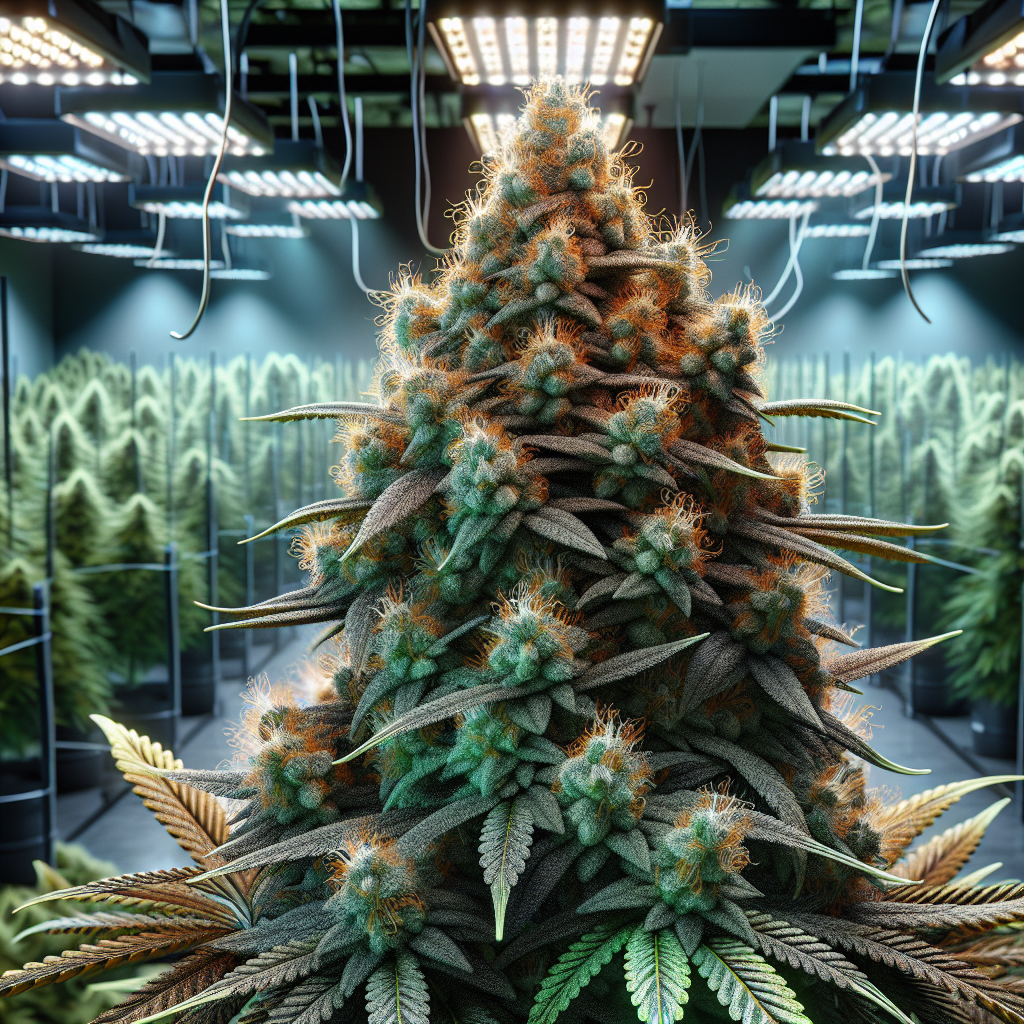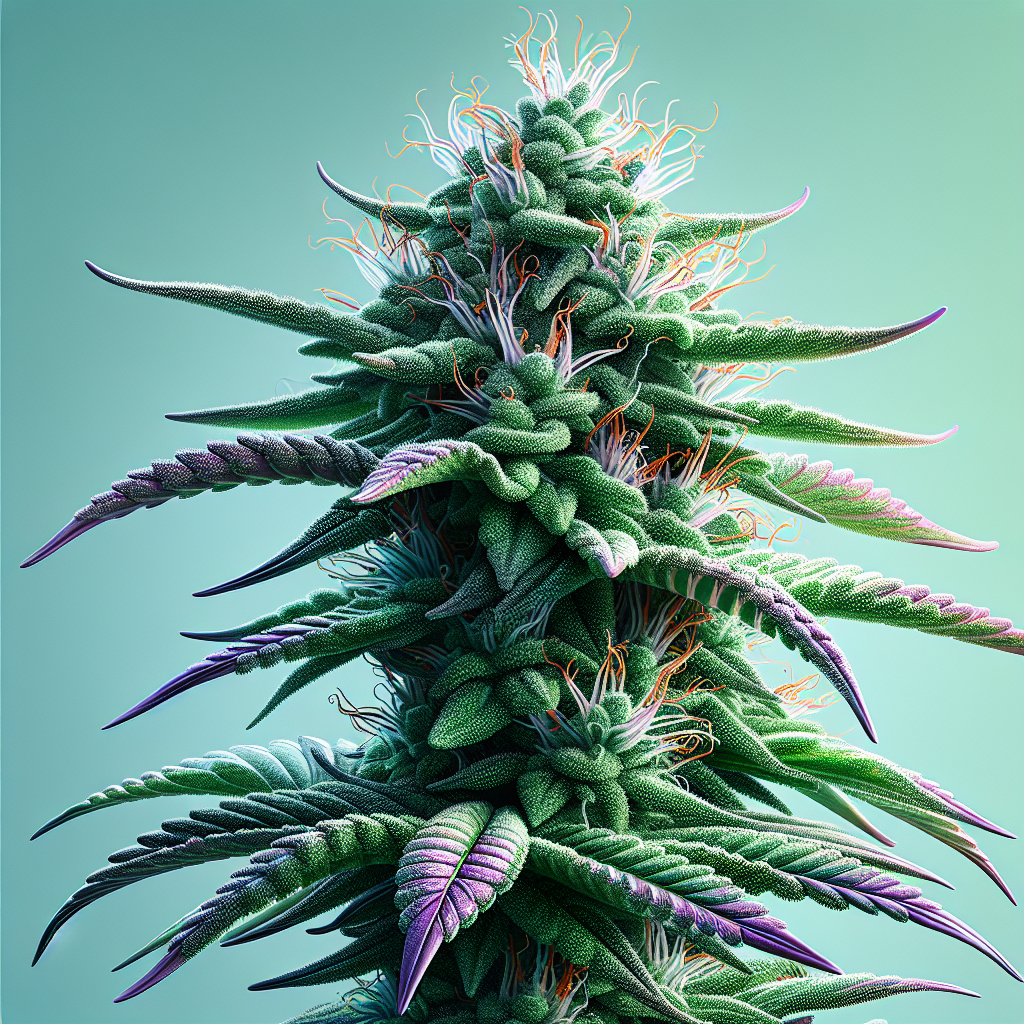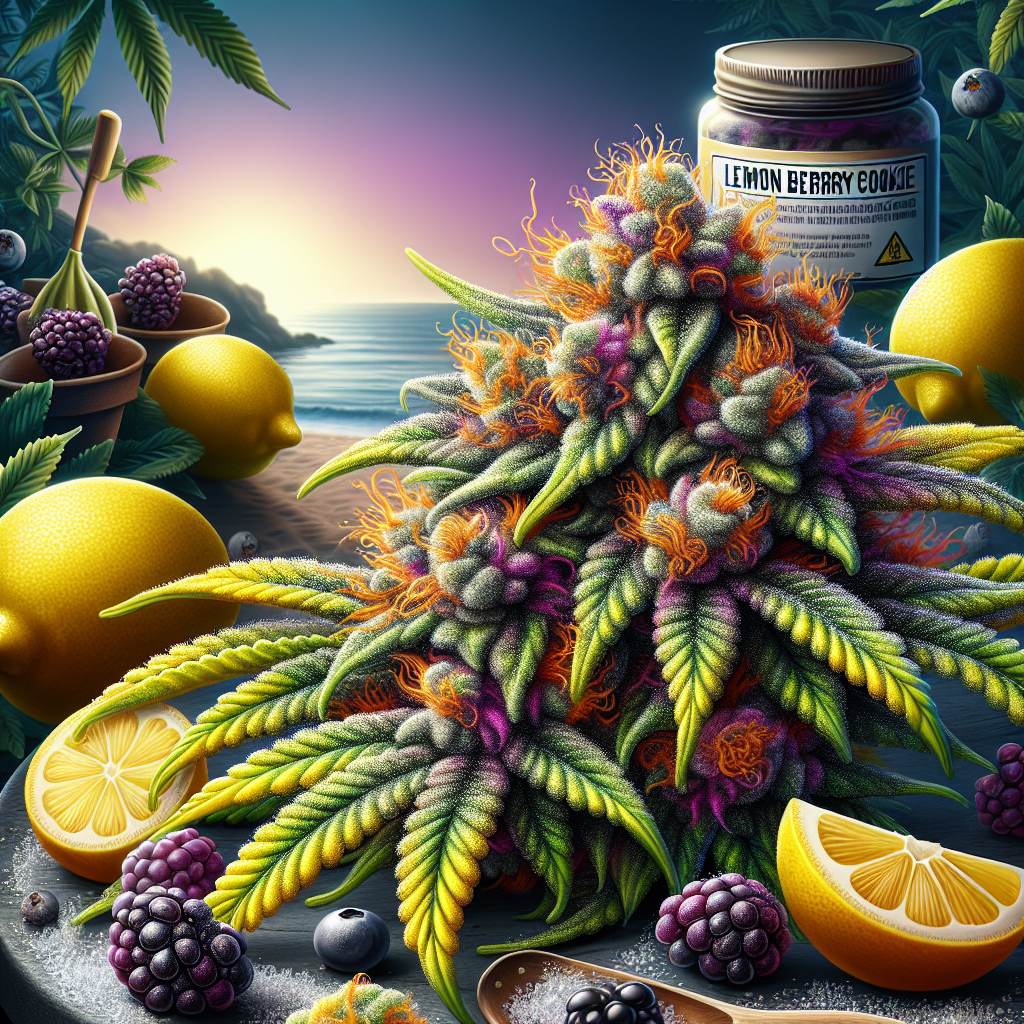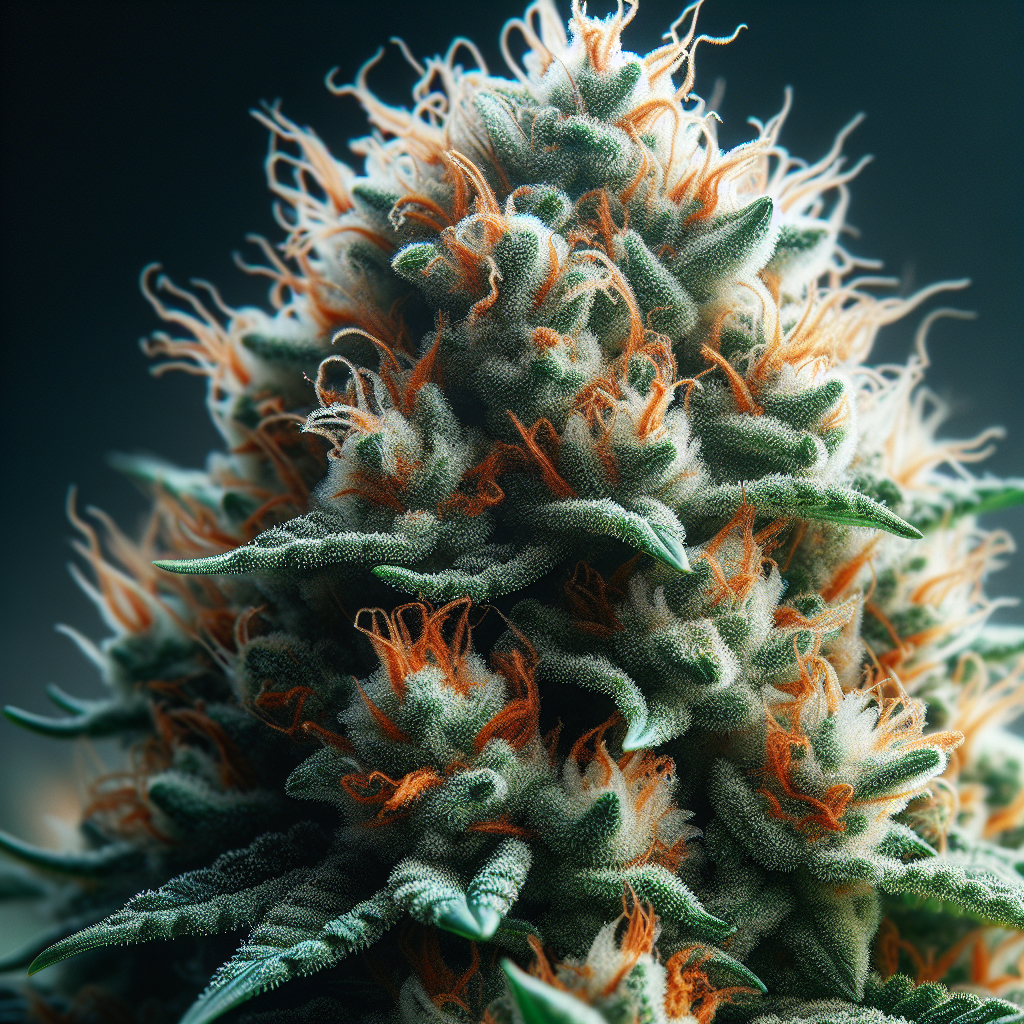From Sacred Herb to Criminalization: The Evolution of Cannabis Throughout History
Cannabis, known by many names, including marijuana, hemp, and weed, has traversed a complex journey through human history. Studied for its multifaceted uses, the plant has been revered as a sacred herb and demonized as a dangerous drug. The evolution of cannabis reflects societal, political, and cultural transformations, with its status fluctuating dramatically over the centuries. This article delves into the historical trajectory of cannabis, tracing its path from veneration in ancient societies to criminalization in modern times, and offers insights into current trends surrounding its legalization.
Ancient Beginnings: Cannabis in Early Civilizations
The history of cannabis use stretches back thousands of years, with evidence of its cultivation and use dating as far back as 2800 BCE in China. Archaeological discoveries indicate that ancient cultures employed cannabis for an array of purposes, including textiles, paper, rope, and food. The plant’s seeds and leaves were used for medicinal purposes and rituals, underscoring its importance in various societies.
1.1 Cannabis in Ancient China
In ancient China, cannabis was regarded as a medicinal herb and was included in the "Shennong Bencao Jing," a pharmacopoeia authored around 2737 BCE. It was utilized for treating an array of ailments, from gout and rheumatism to menstrual issues. Moreover, the Chinese recognized the psychoactive properties of cannabis, with its use during religious ceremonies and spiritual practices.
1.2 Cannabis in India
According to Hindu texts, particularly the Vedas, cannabis was one of the five sacred plants and was associated with the god Shiva. Traditional Ayurvedic medicine utilized cannabis for various health benefits, from anxiety alleviation to appetite stimulation. In Indian culture, bhang—a traditional drink made from cannabis leaves—has been consumed for centuries during festivals and social gatherings, symbolizing spirituality and connection.
1.3 Cannabis in the Middle East
Cannabis also played a significant role in Middle Eastern cultures. Ancient Egyptians used hemp for textiles and have been documented as using cannabis for medicinal purposes. In Persia, the plant was blended with alcohol for psychoactive effects. The Islamic Golden Age saw further exploration of cannabis, as medical manuscripts discussed its therapeutic applications.
1.4 Cannabis in Ancient Greece and Rome
In Ancient Greece, cannabis was known for its pain-relieving properties, with notable figures like Hippocrates advocating for its medicinal benefits. The Romans utilized hemp for industrial purposes, emphasizing its value in textiles and building materials. During these times, cannabis was commonly accepted in various facets of life, from daily remedies to spiritual practices.
The Middle Ages to the Renaissance: Cannabis as a Valuable Commodity
The Middle Ages heralded a period where cannabis began to shift from sacred herb to commodity. Throughout Europe and Asia, hemp became a vital crop. Its fibers were integral to producing clothes, ropes, and sails, firmly establishing cannabis in the agricultural sector.
2.1 The Spread of Hemp Cultivation
As maritime nations expanded, hemp became a crucial resource for their navies. Countries like the United Kingdom and the Netherlands cultivated vast areas of hemp, making it essential for global trade. The value of hemp led to governmental support for its cultivation. Farmers were sometimes required by law to grow hemp due to its economic importance.
2.2 Medicinal Use and Cultural Integration
During the Renaissance, a resurgence in interest in herbal medicine led to an increase in cannabis utilization for therapeutic purposes. Physicians and apothecaries began recommending cannabis for ailments such as pain, anxiety, and digestive issues. The plant’s versatility facilitated its continued acceptance in various cultures, even as other regions began developing conflicting views.
The 19th Century: The Introduction of Cannabis to Western Medicine
The 19th century marked a pivotal moment for cannabis in the West, as its medicinal properties began gaining recognition among Western physicians. Increased accessibility to the plant’s psychoactive properties coincided with a growing interest in tools for coping with various ailments.
3.1 Cannabis in Medicine
During this time, cannabis-based tinctures and extracts became accessible in pharmacies across Europe and North America. Renowned figures like Queen Victoria reportedly used cannabis for menstrual pain relief, further legitimizing its use in medical contexts.
3.2 The Rise of Concerns
As cannabis gained traction, concerns began emerging regarding its psychoactive effects. With the arrival of the 20th century, the plant started to be categorized with other narcotics, prompting scrutiny and growing opposition.
The 20th Century: Criminalization and Stigmatization
The transformation of cannabis from a respected herb to a criminalized substance culminated during the 20th century. This shift was fueled by socio-political factors, economic motivations, and cultural stigma.
4.1 The Marihuana Tax Act of 1937
In the U.S., the 1937 Marihuana Tax Act marked a significant turning point, effectively criminalizing cannabis. The Act was heavily influenced by propaganda campaigns that demonized the plant, linking it to crime, moral decay, and racial discrimination. Notable figures like Harry Anslinger, the first commissioner of the Federal Bureau of Narcotics, played a crucial role in fostering fear and misinformation around cannabis.
4.2 The War on Drugs
In the 1970s, the War on Drugs initiated a sustained effort to eradicate drug use in the U.S., with an increased focus on cannabis. President Nixon’s administration marked a turning point in drug policy, resulting in stricter penalties for cannabis possession and an escalation of law enforcement against users, which disproportionately affected marginalized communities.
4.3 International Treaties and Global Prohibition
The criminalization of cannabis was not limited to the U.S.; international treaties like the 1961 Single Convention on Narcotic Drugs imposed strict regulations on cannabis worldwide. This global framework hindered research and stifled potential therapeutic avenues, ensuring cannabis remained relegated to a criminalized status in many countries.
The Cannabis Renaissance: Shifts Towards Legalization
The late 20th century and early 21st century have witnessed a remarkable change in attitudes surrounding cannabis, leading to a renaissance of sorts. This shift can be attributed to a growing body of scientific research, changing public perceptions, and movements advocating for reform.
5.1 Medical Cannabis Movement
The rise of the medical cannabis movement in the 1990s laid the groundwork for broader acceptance. California’s Proposition 215, passed in 1996, marked the first instance of medical marijuana legalization in the United States, allowing for the therapeutic use of cannabis for qualifying patients. This movement sparked similar legislation across various states, and by 2020, over 30 states had legalized medical cannabis.
5.2 Recreational Legalization and Shift in Public Opinion
As stigma reduced and public perception shifted, several states began to contemplate and eventually pass legislation to legalize recreational cannabis. In 2012, Colorado and Washington became the first states to legalize recreational cannabis use, with a growing list of states following suit. Public opinion has continued to shift dramatically towards favoring legalization; surveys indicate majority support for cannabis legalization in the U.S.
5.3 Global Trends in Legalization
The worldwide landscape has evolved as countries reconsider cannabis prohibition. Canada fully legalized cannabis in 2018, becoming the first G7 nation to do so for recreational use. Many European countries are exploring the possibility of relaxation or reform in cannabis laws. In 2022, Mexico’s Supreme Court ruled to allow the legal use of recreational cannabis, signaling a shift in attitudes.
The Current State of Cannabis: Opportunities and Challenges
Despite progress, the current landscape for cannabis remains fraught with challenges. The dichotomy between state and federal laws in the U.S. complicates the market and leads to uncertainties for businesses and consumers.
6.1 Legal Frameworks and Social Justice
As states legalize cannabis, considerations for social justice have gained prominence. Advocacy groups are pushing for measures to address the racial disparities in cannabis arrests and incarceration, pushing for expungement of cannabis-related convictions. Legal frameworks must prioritize restorative justice to ensure equitable access to the emerging cannabis economy.
6.2 Health and Safety Regulations
With legalization, implementing health and safety regulations becomes paramount. Ensuring quality control, consumer safety, and standardization of dosage are vital components of creating a responsible cannabis marketplace. The challenge lies in developing coherent guidelines that safeguard public health while fostering a burgeoning industry.
6.3 Research and Understanding
Despite its long history, cannabis research remains limited due to previous restrictions. Continued scientific investigation into cannabis compounds, such as CBD and THC, is crucial for understanding their therapeutic potentials and implications.
FAQs on Cannabis
Q1: What are the main uses of cannabis?
Cannabis has several uses, including medicinal (pain relief, anxiety treatment, appetite stimulation), industrial (hemp for textiles and building materials), and recreational (the psychoactive effects of THC).
Q2: Is cannabis legal everywhere?
No, cannabis legality varies widely. Some places have fully legalized it for medical and recreational use, while others have decriminalized or maintained strict criminalization.
Q3: What is the difference between CBD and THC?
CBD (cannabidiol) and THC (tetrahydrocannabinol) are both cannabinoids found in cannabis. THC is psychoactive and provides the "high" associated with cannabis, while CBD is non-psychoactive and is often used for its therapeutic properties.
Q4: Can cannabis be addictive?
While cannabis is often considered less addictive than substances like alcohol or nicotine, it can lead to dependency in some users, particularly with heavy use.
Q5: How do I consume cannabis?
Cannabis can be consumed in various forms, including smoking, vaping, edibles, tinctures, and oils. Each method delivers different effects and onset times.
Q6: Are there health risks associated with cannabis use?
Yes, potential health risks include impaired cognitive function, respiratory issues (when smoked), and mental health concerns in predisposed individuals. It’s crucial to use cannabis responsibly.
Q7: What are some benefits of legalizing cannabis?
Legalizing cannabis can lead to economic benefits, including tax revenue, job creation, and reduced law enforcement costs. Additionally, it can facilitate better regulation, quality control, and access to medical treatments for patients.
Conclusion
The journey of cannabis from a revered ancient herb to a controversial modern substance reveals much about socio-cultural dynamics, public policy, and societal values. As legalization trends continue and public perceptions evolve, a new chapter beckons in the history of cannabis. Embracing science, equity, and understanding can pave the way for a more informed and responsible approach to one of humanity’s most enduring plants.





